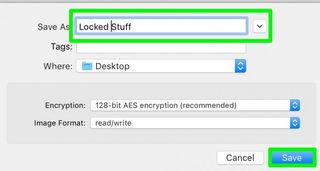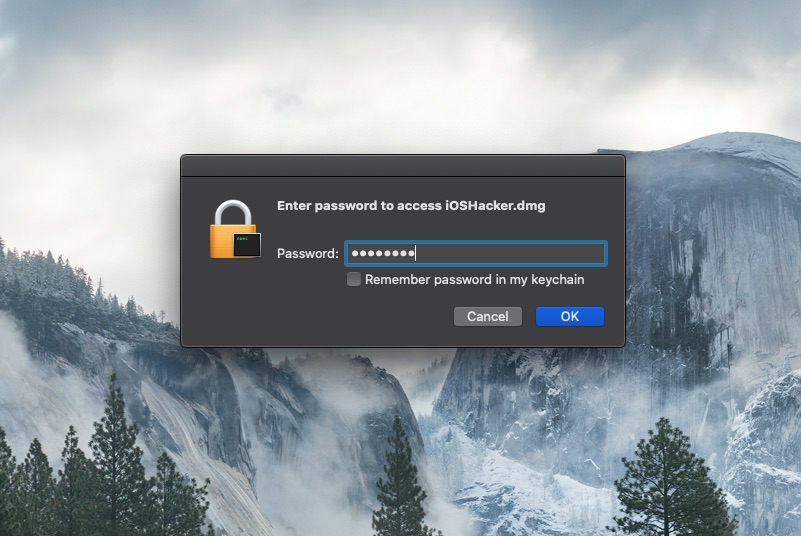

“ uchg” indicator allows you to check the status of the lock on a specific item. ls -lO How to lock files on Mac with the terminal Note that instead of, replace the address of the desired file. First, you should check the current status ( locked or not) of the desired item with the terminal As a result, open the terminal tool and then enter the following code in it. Using the terminal is a more complicated way to lock various things in MacOS, which is not very popular with normal users. How to lock files on Mac with the terminal Locked files and folders will always have a small icon next to them, making them easier to identify. To return to the previous state, just uncheck the Locked option in the Get Info window. Now the selected item will be locked and there will be no need to go through any additional steps. To start, first, click on the item you want to control and then select the “ Get Info” option and tick the “ Locked” option. The easiest and fastest way to lock files and folders on MacOS is to use the Finder tool. If the user tries to delete a locked file, MacOS will display an error message to confirm the process. Also, putting a lock on a folder will include all its contents and keep files away from unwanted editing. Locking editable files and documents makes it possible to open and read their contents, but the operating system will prevent changes to the file. Also, if you share a user account with others, it might make sense to put a lock on the folders. By doing this, the possibility of unintentionally changing or deleting files is eliminated.

Two tools, Finder and Terminal, are used to lock files and folders in MacOS and can prevent data from being deleted.

Locking files and folders is one of the practical ways to prevent unwanted edits in personal and sensitive information, and in some cases, it can prevent data deletion and future problems.


 0 kommentar(er)
0 kommentar(er)
